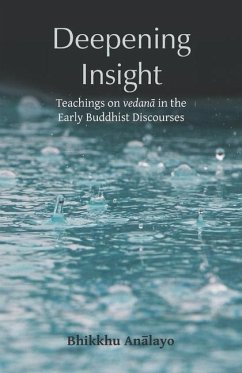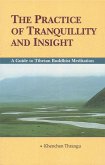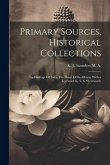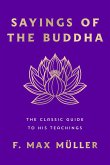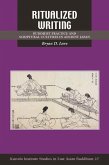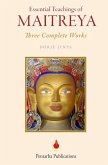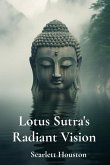"The ensuing pages present a selection of passages from the early Buddhist discourses that provide perspectives on the cultivation of liberating insight into vedanåa, "sensation," "feeling," or "feeling tone." For meditators, such passages can be of considerable help as a reference point for deepening insight. The book's presentation is based on textual sources that reflect "early Buddhism," which stands for the development of thought and practices during roughly the first two centuries in the history of Buddhism, from about the fifth to the third century BCE. These sources are the Påali discourses and their parallels, mostly extant in Chinese translation, which go back to instructions and teachings given orally by the Buddha and his disciples. In those times in India, writing was not employed for such purposes, and for centuries these teachings were transmitted orally. The final results of such oral transmission are available to us nowadays in the form of written texts. Contemplation of the impermanence of vedanåas, as the key to avoid attachment and clinging, does not entail having to avoid all types of joy. Appreciating this requires a clear distinction of joy into those types that are related to attachment and those free from it. The joy of deep insight, the joy of letting go, and the joy of increasing purification of the mind are all commendable; they offer powerful support for the path to freedom. A guiding principle for conduct and practice can be the understanding that the crucial distinction to be made is not between pleasure and pain, but between vedanåas that foster what is wholesome and those that rather trigger what is unwholesome. Inspiration for adopting this guiding principle can be gained by keeping in mind that this actualizes an outcome of the Buddha's own realization, gained during his quest for awakening. In this way, an orientation toward the realization of Nibbåana can serve as the chief reference point for contemplation of vedanåas, which, based on the simple distinction into three affective types, leads to such realization via the gradual removal of ignorance"--
Bitte wählen Sie Ihr Anliegen aus.
Rechnungen
Retourenschein anfordern
Bestellstatus
Storno

